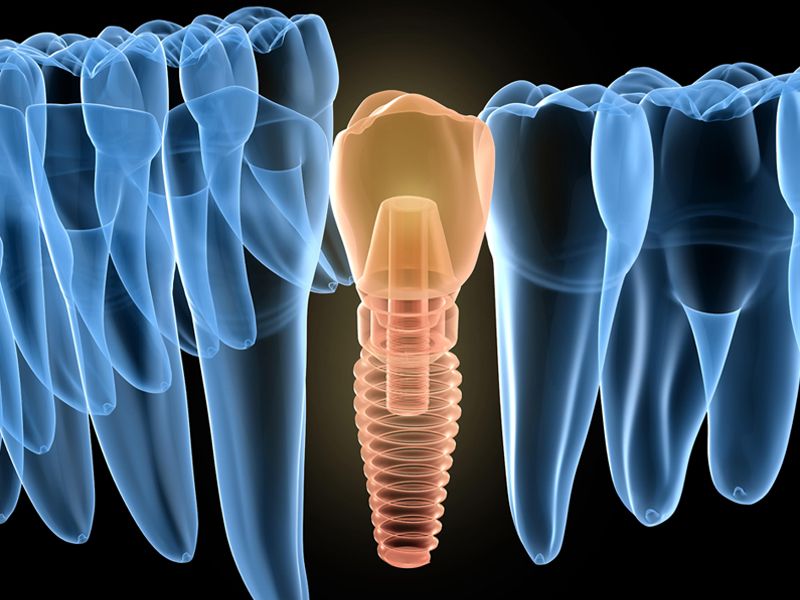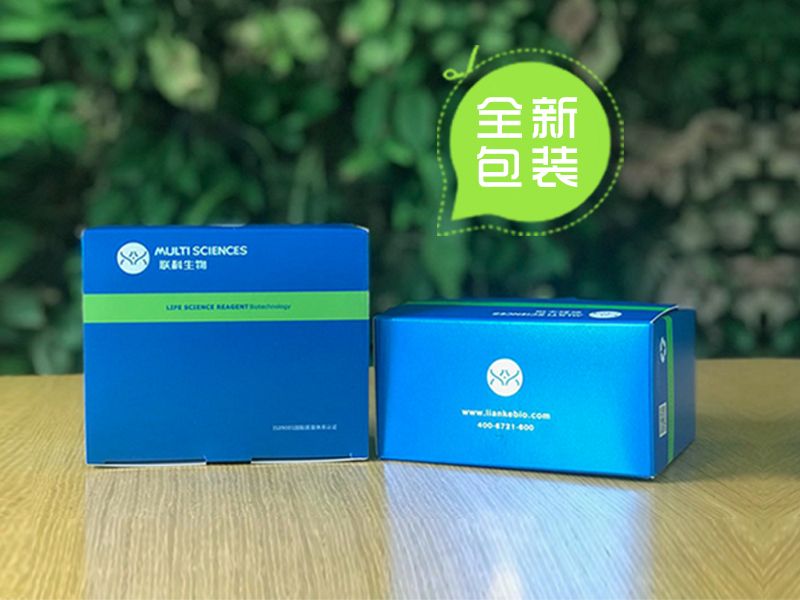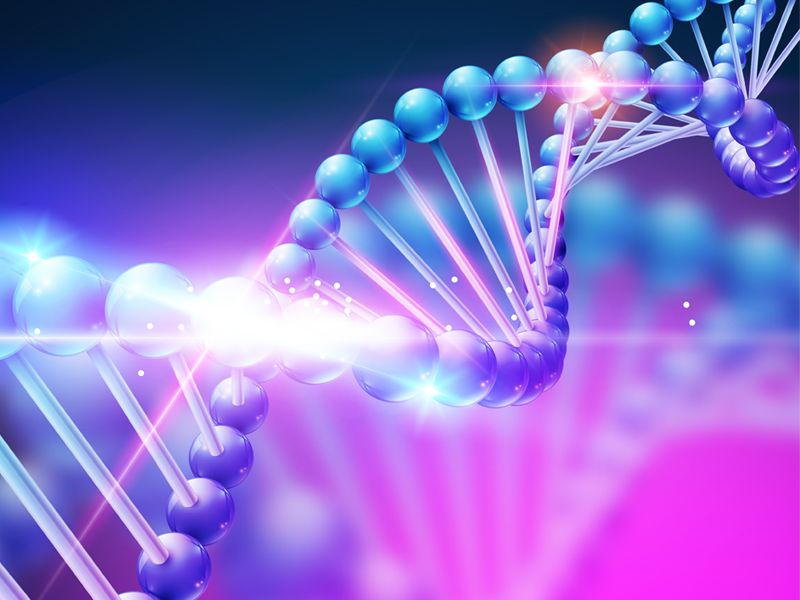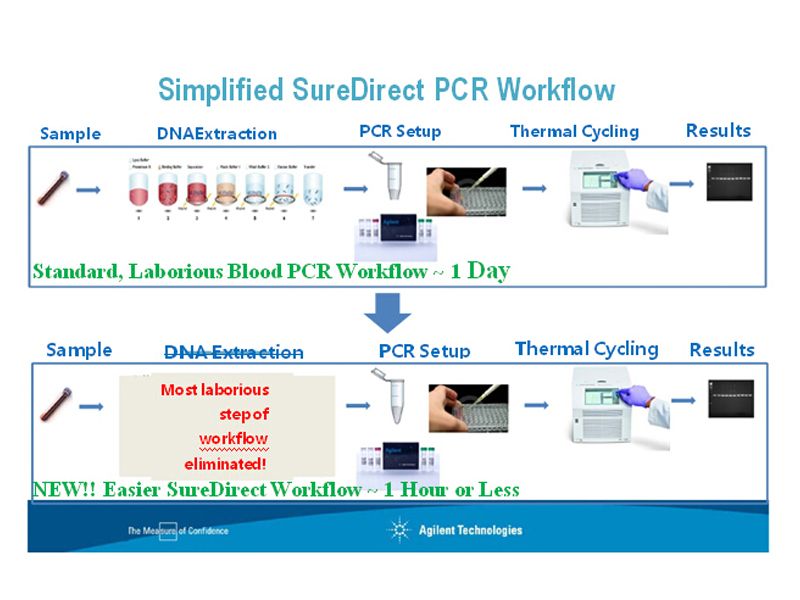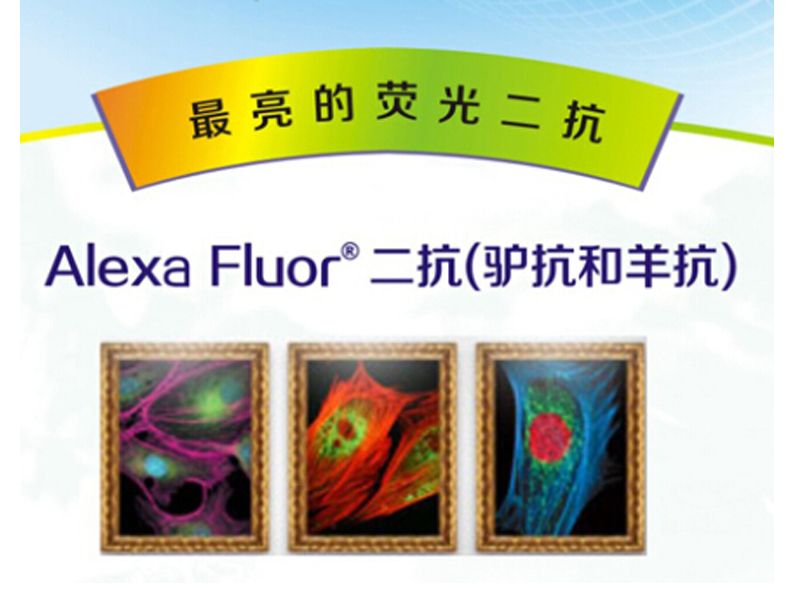https://www.liankebio.com/article-information_Newsletter-2042.html
作者:BioGems 发布日期:2017-07-18 10:00
 细胞和组织在体外能够成功生长,有赖于培养方法的优化,一般是试图模拟体内的生理条件。该技术的一个关键因素是培养基的选择。培养基中通常需添加动物血清。血清是由诸多成分组成的高度复杂的混合物,这些成分包括生长因子、激素、微量元素以及粘附和伸展因子等,它们发挥着多种生物学活性。 血清中白蛋白的含量高,这有助于细胞状态的维持,作用机制包括防止pH值波动、抑制蛋白酶活性和保护细胞免受剪切力的伤害等[1,2]。尽管血清可以很好地维持细胞和组织的生长,但其作为培养基添加物具有明显的缺点,如成本较高、货源减少、实验变异性大、可能影响下游操作和存在潜在的污染源和不利因素等。此外,人们对动物保护意识的提高也限制了血清的使用[2, 3]。 血清在细胞培养应用中的这些缺点使得近些年在科学研究和工业生产领域,人们对无血清培养基的需求日益增大[3]。除了能够克服血清的缺点,无血清培养基还具有两个突出的优点,即可针对特定的细胞类型配制专用的培养基,以及可精确地控制细胞的增殖和分化过程[2]。 基础的无血清培养基虽然营养丰富、可足量提供细胞所必须的营养成分,但通常还需要进一步添加特定的组分,如生长因子、脂肪酸、维生素和微量元素等。多年的实践表明,对于大多数细胞的无血清培养基,在基础培养基(多为DMEM/F12)中必须额外添加ITS(胰岛素-转铁蛋白-硒)[4]。而对于某些细胞,在培养基中还必须要添加乙醇胺[5]。
参考文献: 2. Freshney, R. I. (2005). Serum‐Free Media. Chapter 10 in: Culture of animal cells, John Wiley & Sons. pp, 129-143. 3. Butler, M. (2013). Serum-free media: standardizing cell culture system. Pharmaceutical Bioprocessing, 1(4), 315-318. 4. Gstraunthaler, G. (2003). Alternatives to the use of fetal bovine serum: serum-free cell culture. Altex, 20(4), 275-281. 5. Murakami, H., Masui, H., Sato, G. H., et al. (1982). Growth of hybridoma cells in serum-free medium: ethanolamine is an essentialcomponent. Proceedings of the National Academy of Sciences, 79(4), 1158-1162. 6. Kim, J. J., & Accili, D. (2002). Signalling through IGF-I and insulin receptors: where is the specificity?. Growth Hormone & IGFResearch, 12(2), 84-90. 7. Brandsma, M. E., Jevnikar, A. M., & Ma, S. (2011). Recombinant human transferrin: beyond iron binding and transport. Biotechnology advances, 29(2), 230-238. 8. Saito, Y., Yoshida, Y., Akazawa, T., Takahashi, K., & Niki, E. (2003). Cell death caused by selenium deficiency and protective effect ofantioxidants. Journal of Biological Chemistry, 278(41), 39428-39434. 9. Tsao, M. C., Walthall, B. J., & Ham, R. G. (1982). Clonal growth of normal human epidermal keratinocytes in a defined medium.Journal of cellular physiology, 110(2), 219-229. |

